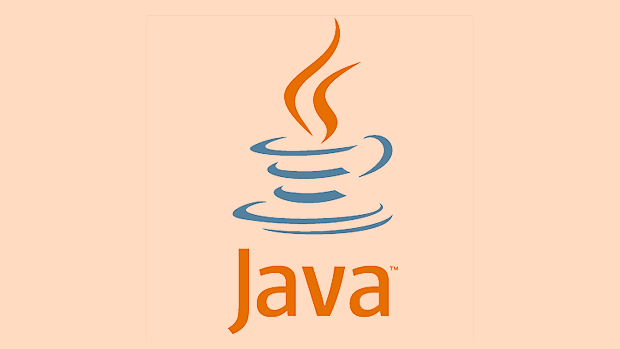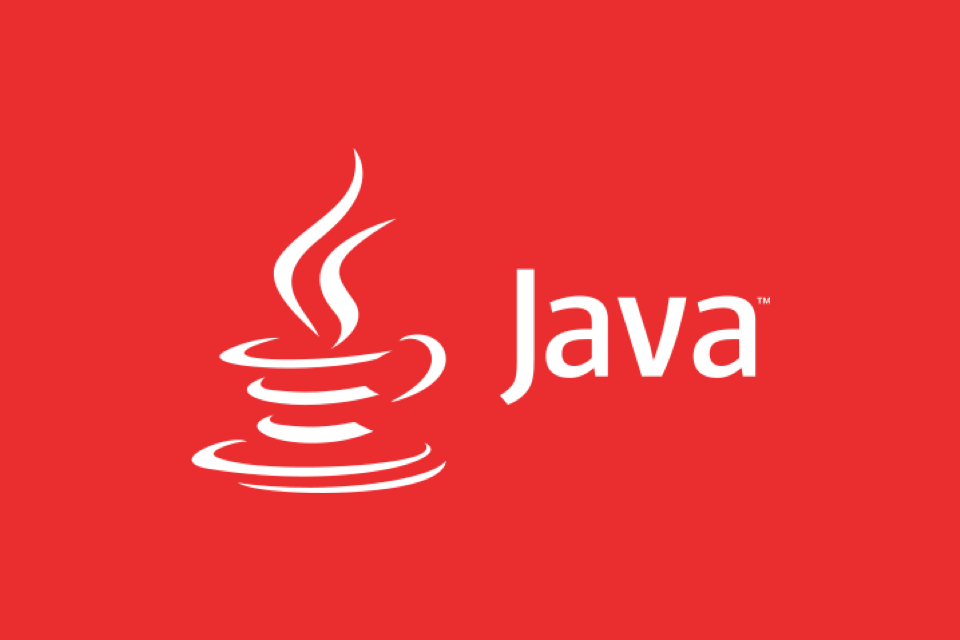When processing big data, the key to Java performance optimization lies in four aspects: 1. Rationally set JVM memory parameters to avoid frequent GC or resource waste; 2. Reduce the overhead of serialization and deserialization, and choose efficient libraries such as Kryo; 3. Use parallel and concurrency mechanisms to improve processing capabilities, and use thread pools and asynchronous operations reasonably; 4. Select appropriate data structures and algorithms to reduce memory usage and improve processing speed.

When dealing with big data, Java performance optimization is crucial. Although Java occupies an important position in enterprise-level applications and big data ecosystems (for example, Hadoop and Spark are both based on JVM), if not tuning, it is easy to experience performance bottlenecks or waste of resources when processing massive data.

The following aspects are the most commonly encountered and most easily overlooked optimization points in actual development:
1. Reasonably set JVM memory parameters
The default memory configuration of JVM is usually far from meeting the needs of big data tasks. Insufficient memory can lead to frequent GC or even OOM; excessive allocation may lead to waste of resources or uneven scheduling between nodes.

- Heap memory settings : Adjust
-Xmsand-Xmxaccording to the task size. It is recommended to set to the same value to avoid the overhead caused by dynamic adjustment. - Ceozoic size : Appropriately increasing
-Xmncan reduce the number of Minor GCs, especially in scenarios where a large number of temporary objects are generated, the effect is obvious. - GC algorithm selection : G1 is currently a relatively general choice, suitable for large-scale memory and low-latency requirements. ZGC or Shenandoah is better suited for superheap memory and stricter pause control.
Note: The default GCs of different versions of JDK are different. Before upgrading, you must confirm whether you need to specify them manually.
2. Reduce the overhead of serialization and deserialization
In distributed computing frameworks (such as Spark, Flink), frequent serialization and deserialization of objects will significantly affect performance. Java native serialization is low and should be avoided as much as possible.

- Use efficient serialization libraries such as Kryo, Avro, Protobuf.
- When implementing the
Serializableinterface for custom classes, try to keep the structure simple and avoid nesting complex structures. - If the data structure is fixed, use code generation classes (such as Avro SpecificRecord) instead of generic containers.
Example: To enable Kryo serialization in Spark, just add the following configuration:
conf.set("spark.serializer", "org.apache.spark.serializer.KryoSerializer");
3. Use parallelism and concurrency to improve processing capabilities
Java provides a wealth of concurrency tools (such as thread pool, CompletableFuture, ForkJoinPool). Rational use of these mechanisms can greatly improve data processing speed.
- Data sharding processing : divide the large data set into multiple blocks, process it in parallel and then merge the results.
- Asynchronous operation : For IO-intensive tasks (such as read and write disks, network requests), using asynchronous non-blocking methods can effectively improve throughput.
- Avoid lock competition : Use lock-free structures (such as ConcurrentHashMap) or atomic variables (AtomicInteger, LongAdder) instead of synchronized.
Practical suggestions:
- Set the thread pool size according to the number of CPU cores
- Avoid frequent thread creation during Map/Reduce
- Control the granularity of tasks, too small tasks will increase scheduling overhead
4. Select the appropriate data structure and algorithm
In big data processing, the choice of data structure directly affects memory usage and processing speed.
- Try to use original type collections (such as TIntArrayList instead of ArrayList
) to reduce the overhead of packing and unboxing. - For high-frequency search operations, use HashMap or HashSet is preferred.
- When sorting is required, pay attention to the time complexity difference, MergeSort is stable but fast-sorting is faster on average.
For example: If you want to count the frequency distribution of hundreds of millions of records, using Trie or RoaringBitmap is more space-saving and querying faster than ordinary HashMap.
Basically that's it. Java's optimization in big data scenarios is not mysterious. The key is to make targeted adjustments based on specific scenarios. Many problems are actually "old problems", but they become particularly prominent after the amount of data becomes larger.
The above is the detailed content of Optimizing Java for Big Data Processing. For more information, please follow other related articles on the PHP Chinese website!

Hot AI Tools

Undress AI Tool
Undress images for free

Undresser.AI Undress
AI-powered app for creating realistic nude photos

AI Clothes Remover
Online AI tool for removing clothes from photos.

Clothoff.io
AI clothes remover

Video Face Swap
Swap faces in any video effortlessly with our completely free AI face swap tool!

Hot Article

Hot Tools

Notepad++7.3.1
Easy-to-use and free code editor

SublimeText3 Chinese version
Chinese version, very easy to use

Zend Studio 13.0.1
Powerful PHP integrated development environment

Dreamweaver CS6
Visual web development tools

SublimeText3 Mac version
God-level code editing software (SublimeText3)

Hot Topics
 What is the `enum` type in Java?
Jul 02, 2025 am 01:31 AM
What is the `enum` type in Java?
Jul 02, 2025 am 01:31 AM
Enums in Java are special classes that represent fixed number of constant values. 1. Use the enum keyword definition; 2. Each enum value is a public static final instance of the enum type; 3. It can include fields, constructors and methods to add behavior to each constant; 4. It can be used in switch statements, supports direct comparison, and provides built-in methods such as name(), ordinal(), values() and valueOf(); 5. Enumeration can improve the type safety, readability and flexibility of the code, and is suitable for limited collection scenarios such as status codes, colors or week.
 What is the interface segregation principle?
Jul 02, 2025 am 01:24 AM
What is the interface segregation principle?
Jul 02, 2025 am 01:24 AM
Interface Isolation Principle (ISP) requires that clients not rely on unused interfaces. The core is to replace large and complete interfaces with multiple small and refined interfaces. Violations of this principle include: an unimplemented exception was thrown when the class implements an interface, a large number of invalid methods are implemented, and irrelevant functions are forcibly classified into the same interface. Application methods include: dividing interfaces according to common methods, using split interfaces according to clients, and using combinations instead of multi-interface implementations if necessary. For example, split the Machine interfaces containing printing, scanning, and fax methods into Printer, Scanner, and FaxMachine. Rules can be relaxed appropriately when using all methods on small projects or all clients.
 Asynchronous Programming Techniques in Modern Java
Jul 07, 2025 am 02:24 AM
Asynchronous Programming Techniques in Modern Java
Jul 07, 2025 am 02:24 AM
Java supports asynchronous programming including the use of CompletableFuture, responsive streams (such as ProjectReactor), and virtual threads in Java19. 1.CompletableFuture improves code readability and maintenance through chain calls, and supports task orchestration and exception handling; 2. ProjectReactor provides Mono and Flux types to implement responsive programming, with backpressure mechanism and rich operators; 3. Virtual threads reduce concurrency costs, are suitable for I/O-intensive tasks, and are lighter and easier to expand than traditional platform threads. Each method has applicable scenarios, and appropriate tools should be selected according to your needs and mixed models should be avoided to maintain simplicity
 Differences Between Callable and Runnable in Java
Jul 04, 2025 am 02:50 AM
Differences Between Callable and Runnable in Java
Jul 04, 2025 am 02:50 AM
There are three main differences between Callable and Runnable in Java. First, the callable method can return the result, suitable for tasks that need to return values, such as Callable; while the run() method of Runnable has no return value, suitable for tasks that do not need to return, such as logging. Second, Callable allows to throw checked exceptions to facilitate error transmission; while Runnable must handle exceptions internally. Third, Runnable can be directly passed to Thread or ExecutorService, while Callable can only be submitted to ExecutorService and returns the Future object to
 Understanding Java NIO and Its Advantages
Jul 08, 2025 am 02:55 AM
Understanding Java NIO and Its Advantages
Jul 08, 2025 am 02:55 AM
JavaNIO is a new IOAPI introduced by Java 1.4. 1) is aimed at buffers and channels, 2) contains Buffer, Channel and Selector core components, 3) supports non-blocking mode, and 4) handles concurrent connections more efficiently than traditional IO. Its advantages are reflected in: 1) Non-blocking IO reduces thread overhead, 2) Buffer improves data transmission efficiency, 3) Selector realizes multiplexing, and 4) Memory mapping speeds up file reading and writing. Note when using: 1) The flip/clear operation of the Buffer is easy to be confused, 2) Incomplete data needs to be processed manually without blocking, 3) Selector registration must be canceled in time, 4) NIO is not suitable for all scenarios.
 Best Practices for Using Enums in Java
Jul 07, 2025 am 02:35 AM
Best Practices for Using Enums in Java
Jul 07, 2025 am 02:35 AM
In Java, enums are suitable for representing fixed constant sets. Best practices include: 1. Use enum to represent fixed state or options to improve type safety and readability; 2. Add properties and methods to enums to enhance flexibility, such as defining fields, constructors, helper methods, etc.; 3. Use EnumMap and EnumSet to improve performance and type safety because they are more efficient based on arrays; 4. Avoid abuse of enums, such as dynamic values, frequent changes or complex logic scenarios, which should be replaced by other methods. Correct use of enum can improve code quality and reduce errors, but you need to pay attention to its applicable boundaries.
 Exploring Different Synchronization Mechanisms in Java
Jul 04, 2025 am 02:53 AM
Exploring Different Synchronization Mechanisms in Java
Jul 04, 2025 am 02:53 AM
Javaprovidesmultiplesynchronizationtoolsforthreadsafety.1.synchronizedblocksensuremutualexclusionbylockingmethodsorspecificcodesections.2.ReentrantLockoffersadvancedcontrol,includingtryLockandfairnesspolicies.3.Conditionvariablesallowthreadstowaitfor
 How Java ClassLoaders Work Internally
Jul 06, 2025 am 02:53 AM
How Java ClassLoaders Work Internally
Jul 06, 2025 am 02:53 AM
Java's class loading mechanism is implemented through ClassLoader, and its core workflow is divided into three stages: loading, linking and initialization. During the loading phase, ClassLoader dynamically reads the bytecode of the class and creates Class objects; links include verifying the correctness of the class, allocating memory to static variables, and parsing symbol references; initialization performs static code blocks and static variable assignments. Class loading adopts the parent delegation model, and prioritizes the parent class loader to find classes, and try Bootstrap, Extension, and ApplicationClassLoader in turn to ensure that the core class library is safe and avoids duplicate loading. Developers can customize ClassLoader, such as URLClassL






